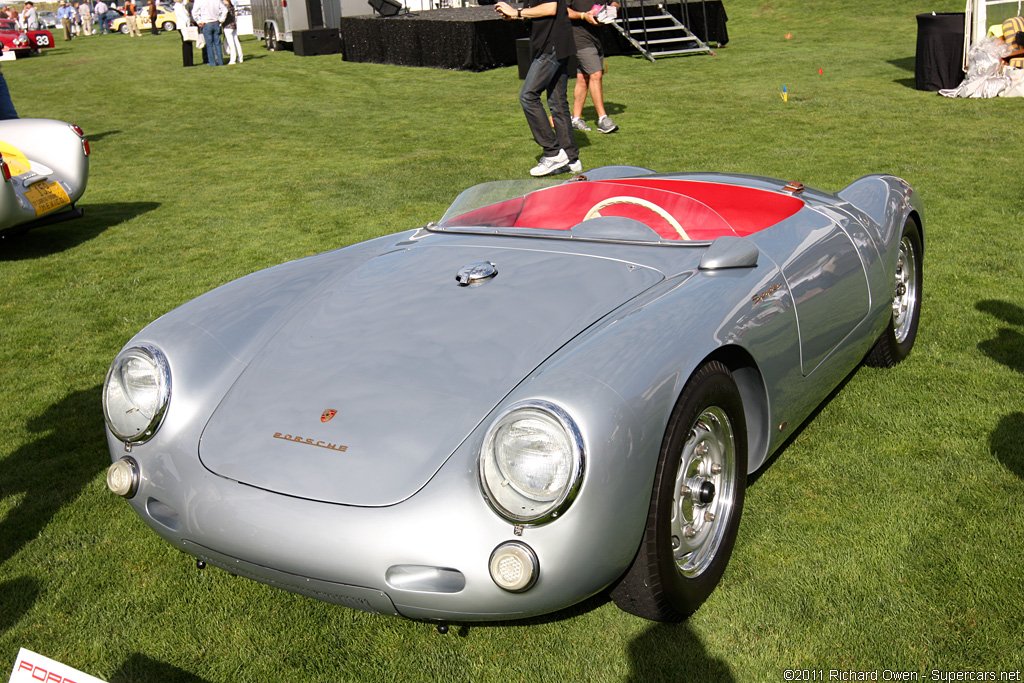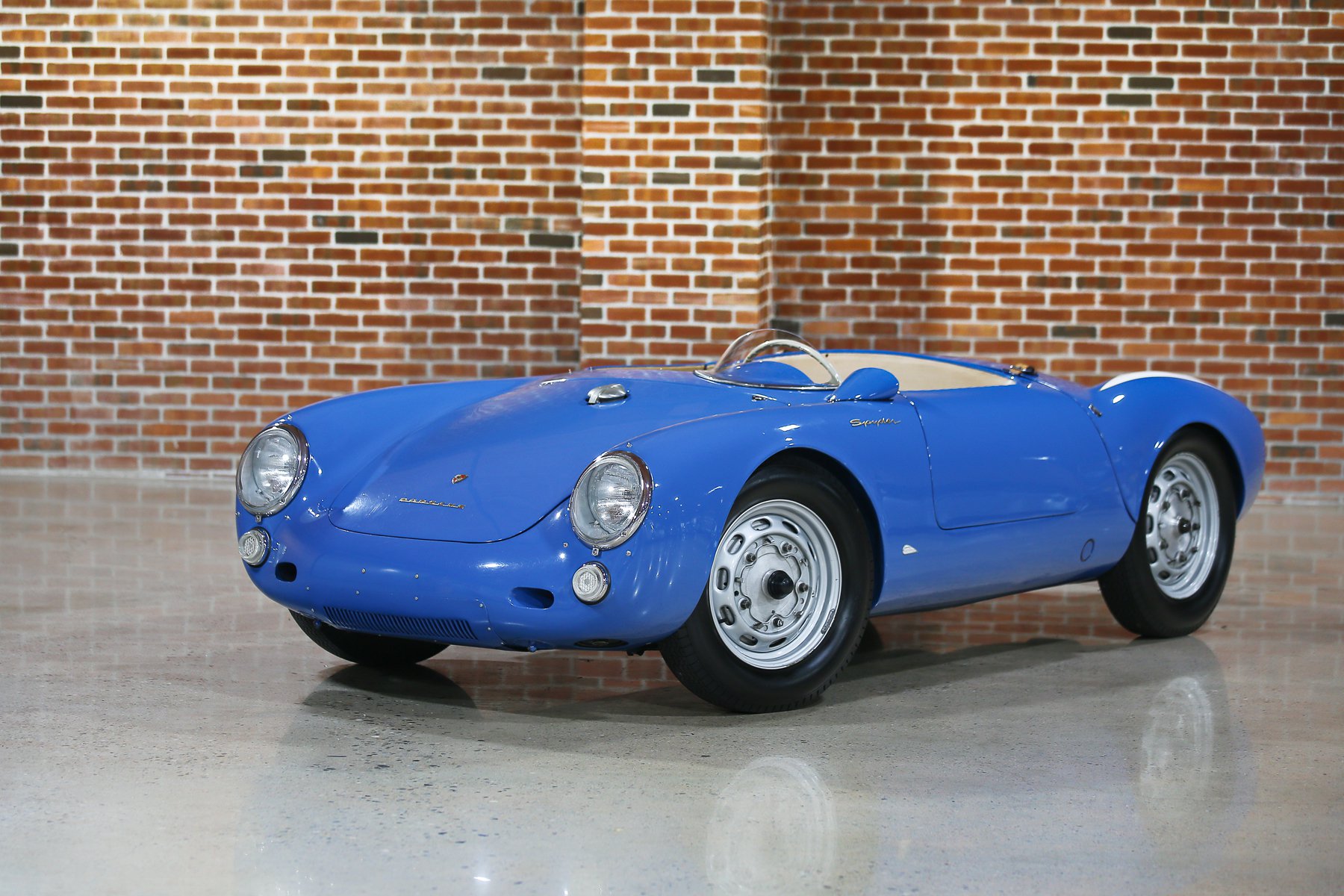The Iconic Porsche 550 Spyder: Specs And Legendary Status
Share

The Porsche 550 Spyder is a name that ignites passion and reverence among automotive enthusiasts and collectors alike. Designed by Ferdinand "Butzi" Porsche, who was instrumental in shaping the modern Porsche brand, the 550 Spyder has secured its place in automotive history as one of the most iconic sports cars ever built. In this blog post, we’ll delve into the detailed Porsche 550 Spyder specs and celebrate its legendary status in the world of classic motoring.
A Brief History of the Porsche 550 Spyder
The Porsche 550 Spyder made its debut in 1953 and quickly became a symbol of innovation and performance. It was designed to compete in motor racing, and its lightweight, nimble body contributed to its success on the track. The name "Spyder" referred to the open-top body style, which became a hallmark of Porsche’s early sports cars.
Originally, only 90 units were produced, making the 550 Spyder a rare and sought-after collectible today. Its association with iconic figures, such as actor James Dean, who tragically lost his life in one, further heightened its allure.

Porsche 550 Spyder Specs
Every automotive marvel is shaped by its specifications, and the Porsche 550 Spyder is no exception. Here, we break down the specs that contributed to its reputation as a lightweight powerhouse.
Engine and Performance
At the heart of the Porsche 550 Spyder lies a 1.5-liter flat-four engine known as the Porsche Type 547. This innovative engine layout provided a low center of gravity, enhancing the car's handling capabilities. Here are the key specs:
- Displacement: 1,488 cc
- Power Output: Approximately 110 horsepower at 6,500 RPM
- Torque: 105 lb-ft at 5,000 RPM
- Max Speed: 140 mph (225 km/h)
The engine was mated to a 4-speed manual transmission that provided an engaging driving experience, allowing drivers to truly connect with the car. The lightweight construction of the 550 Spyder, weighing in at just 1,100 pounds (500 kg), greatly complemented its power, making for exhilarating acceleration and agility.

Chassis and Suspension
The Porsche 550 Spyder featured a handcrafted aluminum body mounted on a tubular steel chassis, which provided torsional rigidity while remaining light. This combination delivered exceptional handling dynamics. The independently suspended front and rear wheels ensured a smooth ride, even on rough terrain.
Key chassis specs include:
- Length: 3,900 mm (153.5 in)
- Width: 1,600 mm (63 in)
- Height: 1,000 mm (39.4 in)
- Wheelbase: 2,250 mm (88.6 in)
The low profile and compact dimensions made it extremely maneuverable, which was critical in racetrack situations.
Braking System
Braking power must match performance, and the 550 Spyder came equipped with four-wheel drum brakes to ensure effective stopping power. Given its lightweight design, the performance of these brakes was well-suited to the car's speed.
Interior and Comfort
While the Porsche 550 Spyder was primarily designed for performance, its interior is a blend of simplicity and driver-focused design. The cockpit featured bucket seats, a minimalist dashboard, and essential instrumentation. Key elements of the interior include:
- Optional leather seats
- Simple dashboard layout
- Lightweight materials
The absence of luxury features was intentional, allowing the driver to focus on the exhilarating driving experience.

Legacy and Impact
The impact of the Porsche 550 Spyder extends far beyond its production years. It nurtured Porsche's legacy in motorsports, winning numerous races, including the 1956 24 Hours of Le Mans, which solidified its status as a formidable competitor. The model's success influenced future generations of Porsche vehicles, embedding a racing spirit and commitment to performance in every model that followed.
Moreover, the Porsche 550 Spyder opened the doors for the development of iconic models like the Porsche 718 and 911, which continue to dominate the sports car landscape today.
Collectibility and Value
Today, the Porsche 550 Spyder stands as one of the most coveted collector cars in the world. Prices for well-preserved models have soared into the millions at auctions, often fetching far beyond their original retail price. Owning a piece of automotive history, especially a model with provenance connected to legends, brings not just a high financial value but emotional and historical significance.

Conclusion
The Porsche 550 Spyder is not merely a sports car; it’s an emotive embodiment of engineering excellence, historical significance, and sheer driving joy. Its specs, marked by a lightweight and peppy engine, agile handling characteristics, and a rich motorsports pedigree, come together to create a true automotive legend.
Whether you’re a Porsche connoisseur, a classic car collector, or simply fascinated by the history of motorsports, the Porsche 550 Spyder serves as a compelling example of why certain cars earn iconic status. Its legacy continues to influence new generations of Porsche vehicles, maintaining the spirit that defines the brand.
As we celebrate the Porsche 550 Spyder, it's worth asking: which legendary driving experience awaits you next in the world of Porsche?
For Porsche enthusiasts, understanding the specs and history of such an iconic vehicle helps shape a deeper appreciation for the brand and its ongoing commitment to performance and innovation. Keep an eye on the modern interpretations of performance vehicles, as they draw inspiration from this legendary machine.